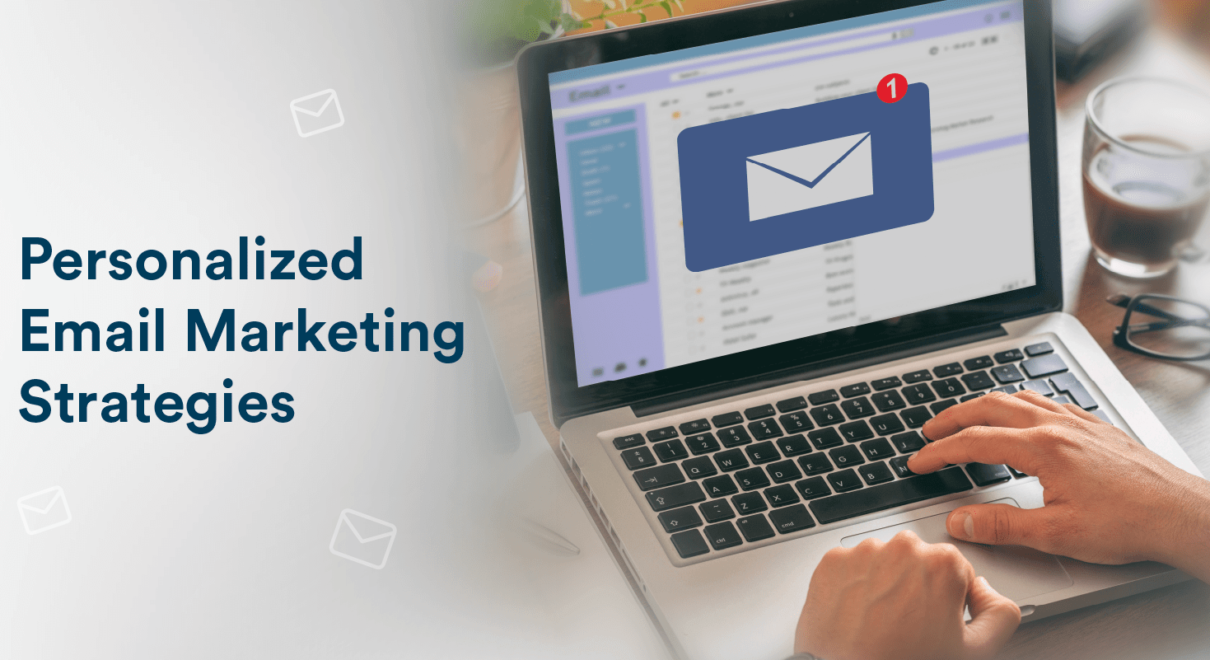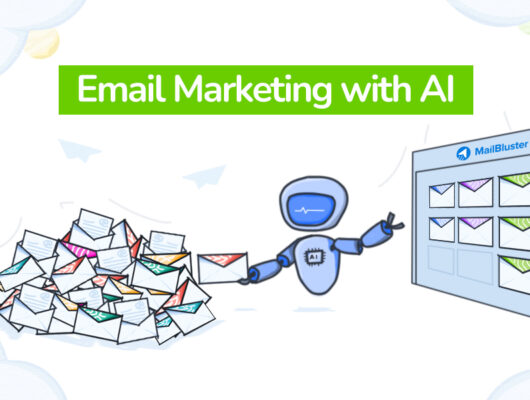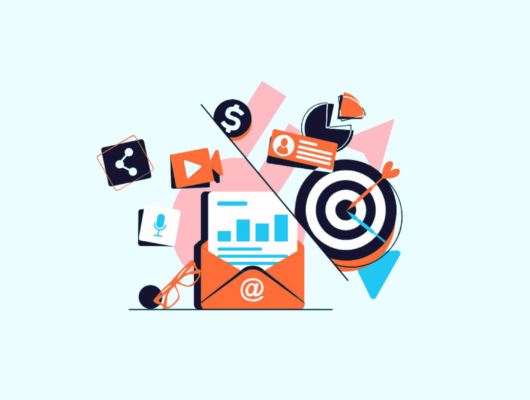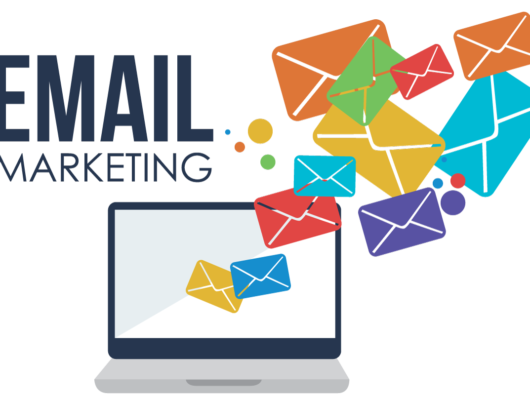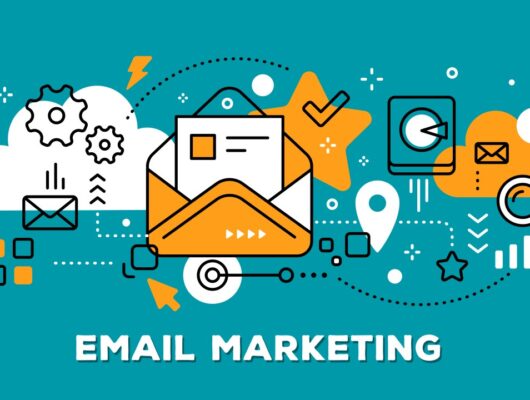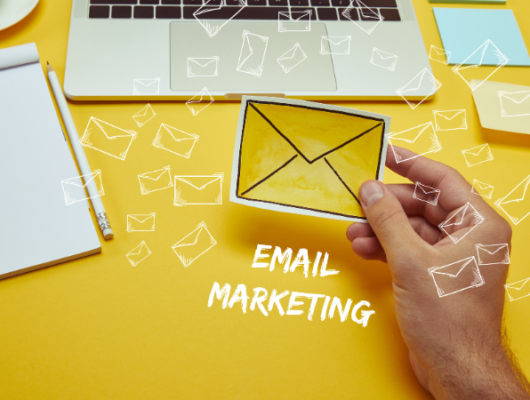In the world of email marketing, one-size-fits-all campaigns are becoming a thing of the past. Today’s consumers expect a more personalized experience, and brands that fail to deliver tailored content risk falling behind. That’s where personalized email campaigns come in.
Personalized emails aren’t just about addressing someone by their first name. They go much deeper than that, leveraging data to create highly relevant, targeted messages that speak to the unique interests, behaviors, and needs of each subscriber.
When done right, personalized email campaigns can increase engagement, foster loyalty, and drive conversions.
In this article, we’ll explore what personalized email campaigns are, why they’re essential, and how you can implement them to elevate your email marketing strategy.
1. What Are Personalized Email Campaigns?
Personalized email campaigns use customer data to tailor the content of your emails to the individual recipient. The goal is to provide relevant, customized messaging that resonates with each subscriber’s preferences, behaviors, and stage in the customer journey. Personalization goes beyond simply inserting a customer’s name in the subject line; it involves delivering the right message at the right time, based on what you know about them.
Personalized emails can be based on a variety of data points, including:
- Demographics: Age, gender, location, etc.
- Behavioral data: Purchase history, website activity, email interaction.
- Customer lifecycle: New subscribers, first-time buyers, or repeat customers.
- Interests and preferences: Based on past purchases or preferences indicated by the customer.
By tailoring content specifically to each recipient, personalized email campaigns make your messages feel more relevant and engaging, ultimately leading to better results.
2. Why Are Personalized Email Campaigns Important?
Personalized email campaigns offer numerous benefits that can significantly improve your email marketing performance. Here are some key reasons why personalization is crucial:
a) Increased Engagement
When your emails are personalized, they resonate more with the recipient, leading to higher open rates and more engagement. A personalized email stands out in a crowded inbox and encourages the subscriber to take action, whether it’s clicking through to a website, making a purchase, or interacting with your brand in other ways.
b) Improved Conversion Rates
Personalized emails increase the likelihood of a conversion. By sending highly relevant offers based on previous interactions, interests, and behavior, you make it easier for recipients to say “yes.” For example, sending a discount on a product a customer recently browsed is much more effective than sending a generic promotional offer.
c) Better Customer Retention and Loyalty
Personalized emails can also help build stronger relationships with your customers. When you send relevant and timely content, customers feel valued and understood, which leads to improved loyalty and repeat purchases. This kind of tailored communication nurtures long-term relationships with your audience.
d) Higher Revenue and ROI
By delivering more targeted messages, personalized email campaigns often result in higher sales and a better return on investment (ROI). Studies have shown that personalized emails generate a higher transaction rate, which directly contributes to greater revenue.
3. Types of Personalized Email Campaigns
There are many ways to personalize your email campaigns based on the data you have about your subscribers. Let’s explore some of the most common and effective types of personalized emails:
a) Welcome Emails
The first impression matters, and welcome emails are your chance to make a lasting impact. Personalizing a welcome email by addressing the subscriber by name and offering tailored recommendations or special discounts can increase engagement and set the tone for future interactions.
Example:
- “Hi [Name], welcome to [Brand]! We’re thrilled to have you on board. To get you started, here’s 10% off your first purchase.”
b) Product Recommendations
One of the most powerful forms of email personalization is product recommendations. By using data on past purchases, browsing behavior, or wish lists, you can suggest products that are highly relevant to the individual. This increases the likelihood of additional purchases and enhances the customer experience.
Example:
- “Based on your recent purchase of [Product], we thought you might like these items.”
c) Abandoned Cart Emails
When a customer abandons their cart, it’s a prime opportunity to send a personalized reminder. These emails can include product images, special offers, or reminders about items left in the cart, urging the recipient to complete the purchase.
Example:
- “You left something behind! Complete your purchase now and get 15% off your order.”
d) Birthday or Anniversary Emails
Sending a special email on a customer’s birthday or the anniversary of their first purchase is a great way to make them feel valued. You can include a personalized message, a birthday discount, or an exclusive offer to drive engagement.
Example:
- “Happy Birthday, [Name]! To celebrate, enjoy 20% off your next order—just for you.”
e) Behavior-Based Emails
Behavioral emails are triggered based on specific actions a subscriber takes. For example, if a customer browses a particular product but doesn’t buy it, you can send them a reminder email, offer a discount, or provide more information to encourage a purchase.
Example:
- “It looks like you’re interested in [Product]. Here’s 10% off to help you make the final decision.”
f) Post-Purchase Emails
After a customer makes a purchase, send a follow-up email to thank them for their order and offer related products or services. Personalizing this message by recommending items based on their recent purchase can increase the chances of a repeat sale.
Example:
- “Thanks for purchasing [Product]! We thought you might also love these complementary items.”
4. Best Practices for Personalized Email Campaigns
While personalization can greatly enhance your email campaigns, it’s essential to follow best practices to ensure your efforts are effective. Here are some key tips for successful personalized email marketing:
a) Use Data Wisely
The key to personalization is understanding your customers. Gather data from various touchpoints, such as website activity, past purchases, and email interactions, to segment your audience and create tailored campaigns. Ensure that your data is up-to-date and accurate to avoid sending irrelevant or outdated messages.
b) Don’t Overwhelm with Personalization
While it’s tempting to personalize every aspect of an email, be mindful of how much information you include. Too much personalization can come across as invasive or overwhelming. Focus on the most relevant details, like the recipient’s name, preferences, or recent actions, and avoid making the email feel too “creepy.”
c) Leverage Dynamic Content
Dynamic content allows you to tailor email elements (such as product recommendations, images, or text) based on the recipient’s data. This enables you to create more personalized emails without manually creating separate campaigns for each segment. Use dynamic content to ensure your emails are as relevant as possible.
d) Test and Optimize
Personalization is not a one-time effort. Regularly test different elements of your personalized email campaigns, such as subject lines, email copy, product recommendations, and timing. Use A/B testing to determine which personalized strategies work best and optimize accordingly.
e) Ensure Mobile Optimization
A significant portion of email opens happens on mobile devices, so it’s essential to ensure your personalized emails are mobile-friendly. Test your emails on different devices and screen sizes to ensure they look great and are easy to read and interact with on any device.
5. Tools for Personalizing Email Campaigns
Several tools can help you create and send personalized email campaigns. Some popular options include:
- Mailchimp: Offers segmentation and automation features to help you personalize your emails based on subscriber data.
- Klaviyo: Focuses on e-commerce and allows for highly personalized emails based on customer behaviors and purchase history.
- HubSpot: Provides robust email marketing tools, including segmentation, dynamic content, and A/B testing.
- ActiveCampaign: Offers advanced segmentation and automation features to help create personalized email workflows.
- Campaign Monitor: Features personalized email templates, dynamic content, and analytics to optimize your campaigns.
Conclusion: Personalization is Key to Successful Email Campaigns
Personalized email campaigns are an effective way to engage your audience, increase conversions, and build stronger relationships with your customers.
By leveraging customer data, segmenting your audience, and delivering tailored content, you can create email marketing campaigns that feel relevant, valuable, and timely.
As consumers continue to expect more personalized experiences, email marketers who embrace personalization will have a competitive edge.
By following best practices and utilizing the right tools, you can unlock the full potential of personalized email campaigns to drive results for your business.


